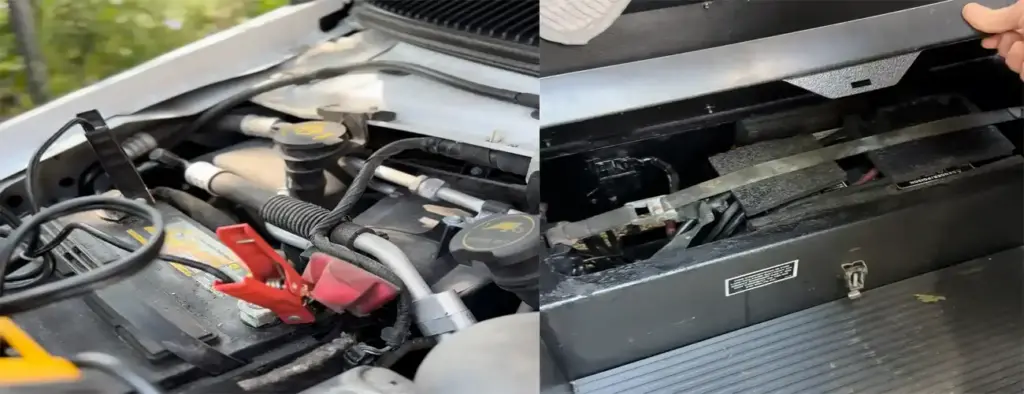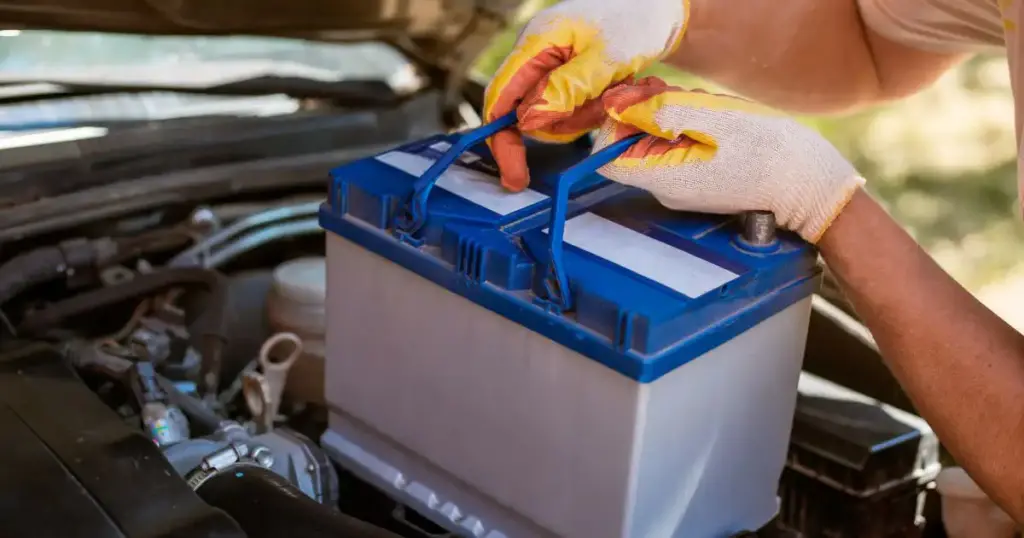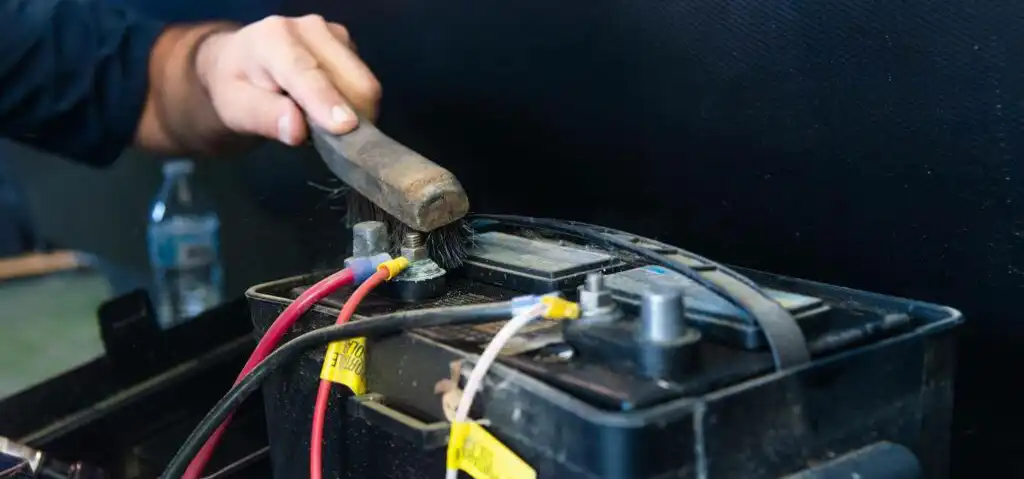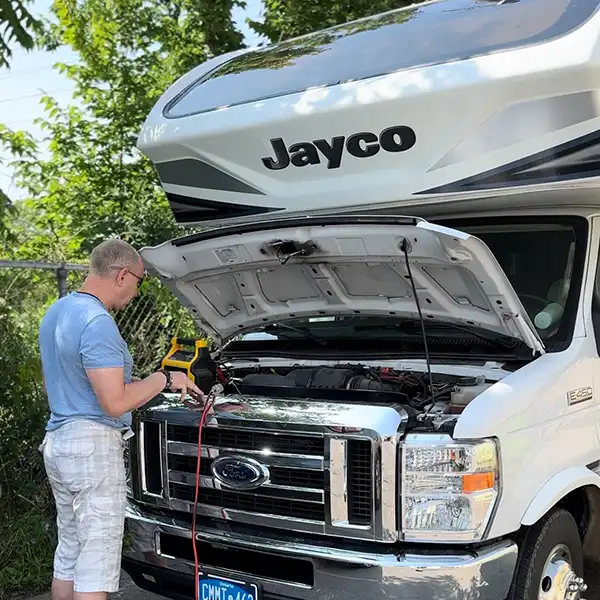When you’re on the open road in an RV, few things are as essential as a reliable battery. It powers everything from your lights and appliances to essential systems like the water pump and heating. As an avid traveler in my Ford Jayco 2019, I’ve had my fair share of experiences with RV batteries—both the joys of a well-functioning system and the frustrations of unexpected failures. In this blog post, I’ll share some insights on RV battery replacement, including DIY tips, how often to replace them, where to find the best batteries, and a look at some of the top options available.
Understanding Your RV’s Battery System
In many RVs, including the Ford Jayco 2019, you’ll typically find two types of batteries: the engine battery (or starter battery) and the house battery (or deep cycle battery). The engine battery, located under the hood, is responsible for starting the vehicle, while the house battery powers the electrical systems inside the RV when the engine is off. In my Jayco, the house battery is conveniently located under the steps near the door—a common setup in many RV models.

Signs It’s Time to Replace Your RV Battery
Knowing when to replace your RV battery is crucial to avoid being stranded with no power. Here are some signs that it might be time for a replacement:
- Reduced Performance: If your lights are dimming or your appliances are not running efficiently, your battery might not be holding a charge as well as it used to.
- Slow Charging: A good battery should recharge relatively quickly. If you notice it’s taking longer than usual, it may be nearing the end of its life.
- Frequent Maintenance: If you constantly have to check water levels (for flooded lead-acid batteries) or notice corrosion, it might be time for a new battery.
- Age: Most RV batteries have a lifespan of 3-5 years, depending on use and maintenance. If your battery is older, consider replacing it as a preventative measure.

DIY Tips for Replacing Your RV Battery
Replacing an RV battery can be a straightforward DIY task if you’re prepared. Here’s a step-by-step guide based on my experience:
- Safety First: Always wear protective gloves and goggles. Batteries contain acid that can be harmful if it comes into contact with skin.
- Turn Off All Electrical Systems: Before starting, ensure all appliances and lights are off to prevent any accidental shorts.
- Disconnect the Old Battery: Start by disconnecting the negative (black) cable first, followed by the positive (red) cable. This minimizes the risk of electrical shock.
- Remove the Old Battery: Carefully lift the old battery out of its compartment. Batteries can be heavy, so it might be a two-person job.
- Clean the Battery Terminals: Over time, terminals can corrode, which can affect the connection. Use a terminal cleaner or a mixture of baking soda and water to clean them.
- Install the New Battery: Place the new battery in the compartment and reconnect the cables—positive first, then negative.
- Secure the Battery: Make sure the battery is securely fastened to prevent it from moving while driving.
- Test Your Systems: Turn on your electrical systems to ensure everything is working correctly.

How Often Should You Replace Your RV Battery?
The lifespan of an RV battery varies depending on the type and usage. As a general rule:
- Lead-Acid Batteries: Typically last 3-5 years.
- AGM (Absorbent Glass Mat) Batteries: Often last 4-7 years.
- Lithium-Ion Batteries: Can last up to 10 years or more with proper maintenance.
Regular maintenance, such as checking water levels and keeping the terminals clean, can extend the life of your battery. However, it’s always a good idea to replace your battery before it fails completely to avoid any inconvenience during your travels.

Where to Find the Best RV Batteries
Finding a reliable RV battery isn’t just about choosing a reputable brand; it’s also about getting the right type for your needs. Here are some top options available on the market:
- Battle Born LiFePO4 Deep Cycle Battery: Known for its long lifespan and lightweight design, this lithium-ion battery is ideal for serious RVers looking for durability and efficiency.
- Optima 8016-103 D34M BlueTop Marine Battery: A great choice for those who need a versatile battery that can handle deep cycling and starting power.
- Renogy Deep Cycle AGM Battery 12 Volt 100Ah: This maintenance-free AGM battery is perfect for those who want a reliable power source without the hassle of frequent maintenance.
- Interstate Batteries Deep Cycle Battery: A well-known brand that offers reliable performance and a good balance between cost and lifespan.
- VMAXTANKS VMAX V35-857 12 Volt 35AH AGM Battery: Another excellent AGM option, this battery is known for its high discharge rate and durability.

Example: Battery Locations in Popular RV Models
While my Ford Jayco 2019 has a straightforward battery setup, other RVs may differ. For instance:
- Winnebago Travato: This model typically has the engine battery under the hood and the house batteries under the rear floor.
- Airstream Interstate: Often, you’ll find the engine battery in the front compartment and the house batteries in an exterior compartment on the driver’s side.
Conclusion: Ready for Your Next Adventure
Replacing your RV battery doesn’t have to be a daunting task. With the right knowledge and tools, you can ensure your RV remains a reliable home on wheels. Whether you’re a seasoned traveler or new to the RV lifestyle, investing in a quality battery and knowing how to maintain it can make all the difference in your adventures. Remember, regular checks and timely replacements are key to keeping your journey smooth and trouble-free. Safe travels!

